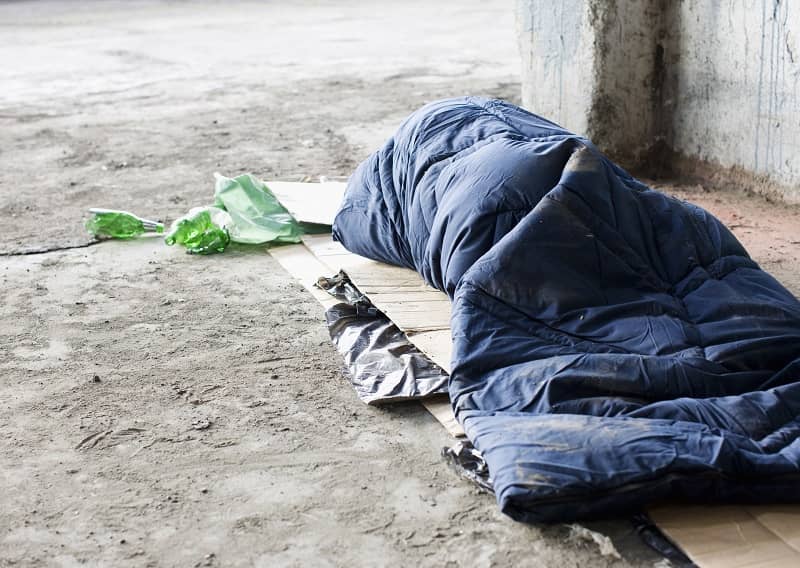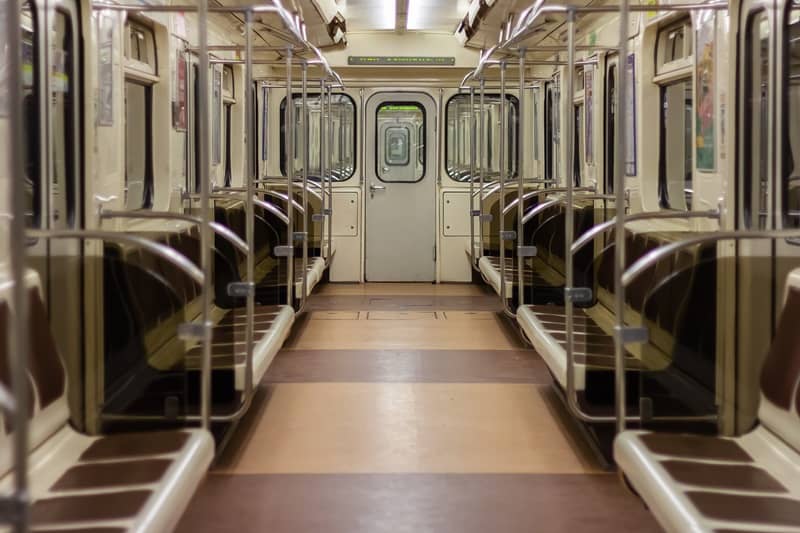Doubling down on failing policy puts both homeless residents and taxpayers at risk
By Vlad Yurlov
Remember Portland’s 10-year plan to end homelessness by 2015? The plan fizzled out, along with hundreds of millions of dollars in investment. Roughly $70 million flowed into affordable housing production, homelessness prevention, and support services each year. Despite all these efforts and all that spending, the number of homeless continues to rise in the Portland area.
Portland’s homeless service response during the pandemic reveals how quickly taxpayer money can evaporate with no effect. In June 2020, the Joint Office of Homeless Services began providing motel vouchers totaling more than 400 bedrooms across eight buildings by late 2020. The monthly bill to run these programs is over $2.2 million per month. That’s roughly $1,900 in rent per bed plus $1.4 million in services every month. But use of these services is largely voluntary, so after funding runs out, the underlying issues which may have caused residents to need such services could easily drag them into the streets again.
Before Portland voted for the motel plan, city councilor Jo Ann Hardesty said, “If we’re going to spend $40 million [to lease motels], and we have nothing at the end of it, there’s something fundamentally wrong with our responses.” But, that’s where we’re heading, since Portland officials are doubling down on a Housing First approach that has already failed to end homelessness.
Portland’s 10-year plan to end homelessness was rooted in Housing First, an approach that provides permanent housing without mental health or addiction requirements such as treatment and sobriety. Portland officials expected homeless people to address mental health and addictions in subsidized permanent housing on voluntary terms: housing first, treatment later. At the time, local and national studies claimed both fiscal and social benefits, but a comprehensive survey of more than 70 peer-reviewed publications suggests otherwise.
For example, while dozens of studies found higher long-term housing stability in Housing First programs, they also found no measurable changes in mental health, addiction, income, or employment outcomes compared with the usual social services. More importantly, there is no evidence showing a Housing First approach does anything to reduce the overall number of homeless in a community. In short, Housing First places people in taxpayer-funded housing with enormous costs for construction, operations, and so-called wrap-around services, while not solving the underlying issues that led people to the streets in the first place.
Different approaches are available and effective. In October 2020, the never-used Wapato Jail transformed into the Bybee Lakes Hope Center. I recently toured the facility and spoke with Alan Evans, the CEO of the organization behind the Hope Center and 10 other reentry shelters across Oregon. Mr. Evans’s latest facility attracted massive donations from local philanthropists. Partner shelters and community groups also saw the reentry facility as an opportunity for Portland’s homeless population and began referring clients. Once an applicant tests clean for drugs and wants to gain their independence back, Bybee Lakes Hope Center offers a helping hand.
The emergency shelter section of the building allows newcomers to get to know the opportunities and expectations of the reentry program from peers and staff. Employment is readily available and encouraged, while weekly volunteer opportunities help build life skills. Nine out of ten participants in Helping Hands’ Reentry Program complete their Individual Reentry Plan. And more than three quarters of graduates maintain independent housing after three years.
In contrast, the Joint Office of Homeless Services is ramping up to spend $175 million per year with declining results. For example, A Home For Everyone reports that only 74% of people in permanent housing programs retained housing just one year after exiting the program in 2017. By 2020, that number steadily dropped to just 61%, so who knows what the three-year rates are. Portland’s homeless services are plentiful, but they’re not oriented toward achieving independence. Some low-barrier facilities may serve our most incapacitated neighbors. But, spending hundreds of millions of dollars on homeless services should be oriented towards healing that a Housing First approach does not produce. There is no one-size-fits-all policy, so Portland should try different programs that show real promise.
Vlad Yurlov is a Policy Analyst at Cascade Policy Institute, Oregon’s free market public policy research organization. A version of this article originally appeared in the Portland Tribune on April 26, 2021.












